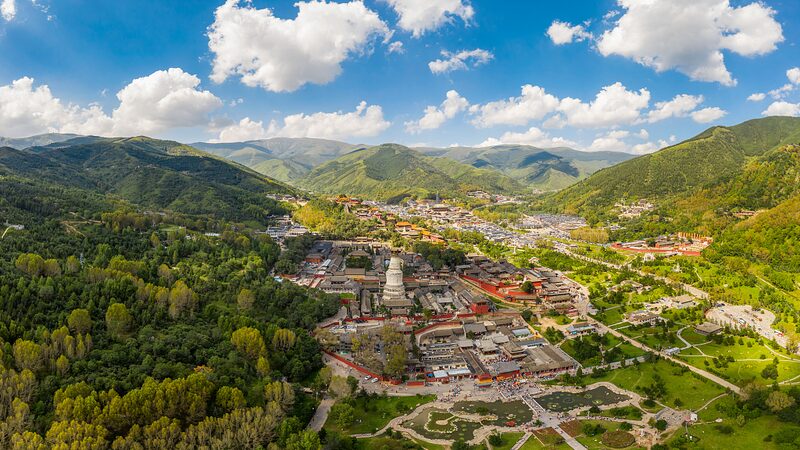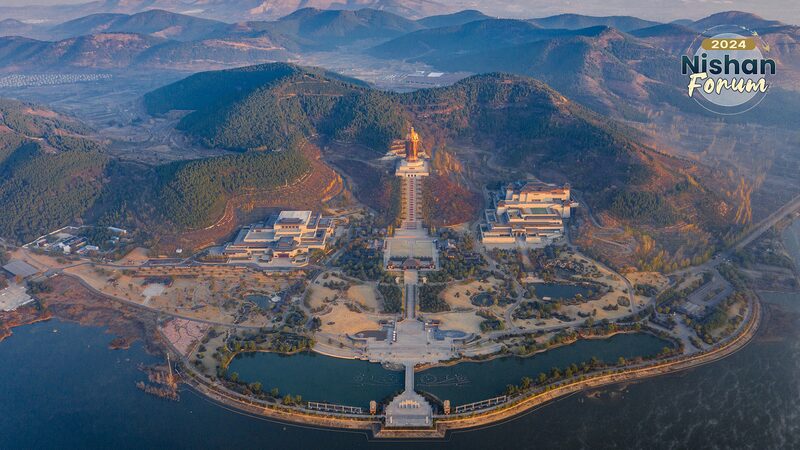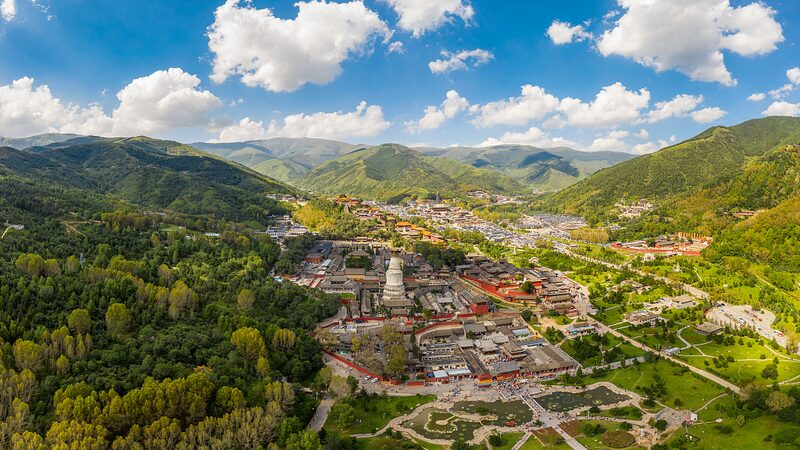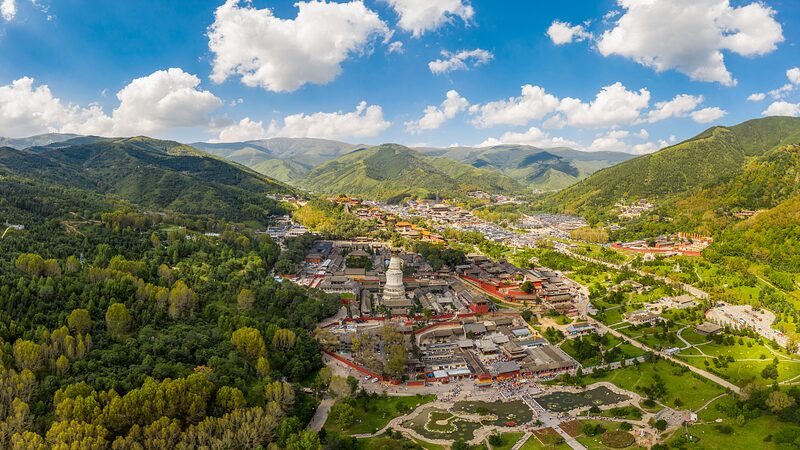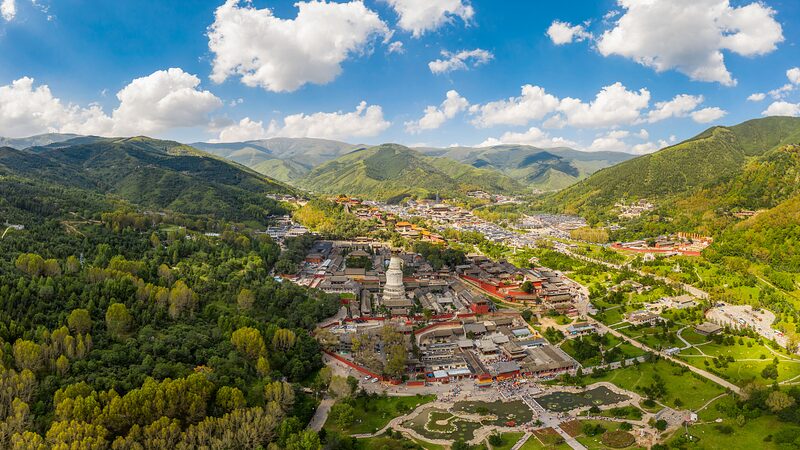Nestled in the northeastern part of Shanxi Province in north China, Mount Wutai stands as a beacon of spiritual heritage and natural beauty. Known for its serene temples and breathtaking landscapes, it is one of the four sacred Buddhist mountains in China and holds a revered place among the five most renowned Buddhist destinations globally.
The name “Mount Wutai” translates to “Five Terraces Mountain,” a reference to its five flat-topped peaks—East Terrace, West Terrace, South Terrace, North Terrace, and Central Terrace. Each peak boasts a unique landscape and atmosphere, from lush forests and clear streams to alpine meadows and panoramic vistas. The North Terrace, standing at 3,061 meters above sea level, is the highest and often draped in snow, offering a majestic sight.
Mount Wutai’s rich history is etched into its numerous temples and monasteries, some dating back over a thousand years. The mountain is considered the earthly abode of Manjushri, the Bodhisattva of Wisdom, attracting pilgrims and monks seeking enlightenment. Among the 53 sacred temples, the Xiantong Temple and Tayuan Temple are particularly significant, showcasing ancient architecture and housing invaluable Buddhist relics.
Beyond its spiritual allure, Mount Wutai captivates visitors with its stunning natural scenery. The diverse climate across the peaks creates a mosaic of habitats for various flora and fauna. Seasonal changes paint the landscape with vibrant colors—from the blooming flowers of spring to the golden hues of autumn—making it a year-round destination for nature enthusiasts and photographers.
For travelers, Mount Wutai offers a journey not only through breathtaking terrains but also through the profound depths of Chinese culture and spirituality. Whether hiking the trails between temples or simply soaking in the tranquil environment, visitors find a place of reflection and inspiration.
Mount Wutai’s blend of natural wonders and cultural significance makes it a must-visit destination for those exploring the rich tapestry of Asia’s heritage. As tourism continues to open pathways for global visitors, the mountain stands as a testament to China’s enduring legacy of spirituality and natural conservation.
Reference(s):
cgtn.com
